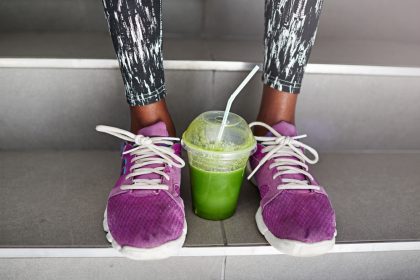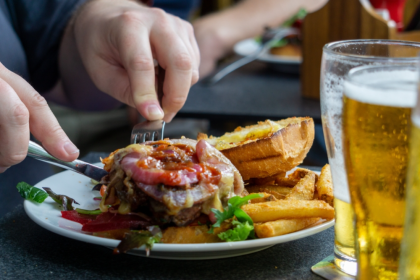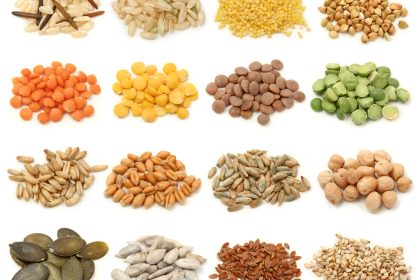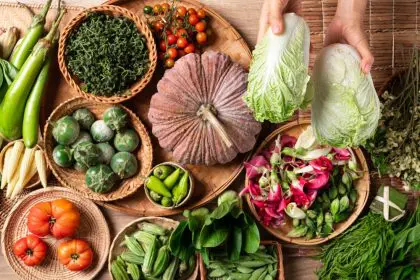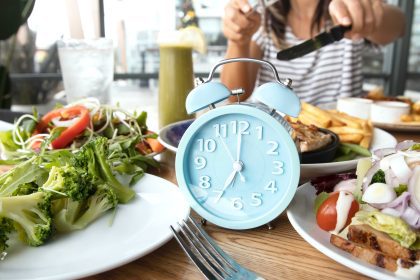The distinct protein structures of egg whites and yolks require different cooking temperatures for optimal results. While egg whites need to reach 185 degrees Fahrenheit to achieve a firm consistency, yolks are best when heated to just 149 degrees Fahrenheit. This temperature mismatch presents a fundamental challenge, often leading to overcooked or undercooked eggs.
Traditional boiling methods, whether soft, medium, or hard, rarely achieve a perfect balance between the yolk and white. The common workaround involves trial and error, using ice baths to halt cooking at precise moments. However, even the most skilled cooks struggle to maintain consistent results.
The periodic revolution
Researchers developed an innovative solution through computer modeling and extensive testing. Their approach, known as periodic cooking, alternates eggs between precise temperature zones, allowing the yolk and white to cook at their optimal rates simultaneously. This technique represents a fundamental shift in egg preparation, eliminating the need for guesswork and significantly improving consistency.
The periodic cooking method capitalizes on precise protein denaturation—the process by which heat restructures egg proteins to achieve the desired texture. Unlike conventional methods that rely on sustained heat, periodic cooking uses controlled cycling between warm and cool environments, ensuring that both components of the egg reach perfection without compromise.
Methodology and implementation
The periodic cooking process involves a carefully orchestrated temperature cycling routine. Instead of submerging eggs in boiling water for a fixed duration, the method alternates them between hot and cold water baths at specific intervals. This controlled exposure allows the whites to firm up without overheating the yolk, maintaining an ideal consistency throughout.
The process requires:
- A precise temperature-controlled water bath system
- A digital thermometer for accuracy
- Systematic intervals of submersion in varying temperatures
- Gentle handling techniques to prevent shell damage
Initial experiments showed that eggs exposed to periodic cooking developed a superior texture compared to those prepared using traditional boiling methods. The technique also allowed for better moisture retention, preventing the rubbery consistency often associated with overcooked whites.
Nutritional implications
Beyond texture improvements, periodic cooking demonstrates promising nutritional benefits. The research suggests that this method better preserves polyphenols—plant-derived compounds found in eggs that contribute to antioxidant activity. High cooking temperatures often degrade these beneficial compounds, reducing the nutritional value of the egg.
The periodic approach minimizes heat exposure to sensitive nutrients, ensuring that essential vitamins and antioxidants remain intact. This could have significant implications for individuals prioritizing nutrient density in their diet. Additionally, by controlling protein denaturation, periodic cooking enhances digestibility, making eggs easier for the body to absorb and utilize.
Professional perspectives
The culinary and scientific communities have shown significant interest in this innovative approach. While professional chefs often rely on sous vide techniques to achieve precise egg textures, periodic cooking offers a more accessible alternative without the need for specialized equipment.
Michelin-starred chefs have experimented with the method in high-end kitchens, praising its ability to produce a refined consistency unmatched by traditional boiling. Food scientists highlight its potential for commercial applications, from improving pre-packaged boiled eggs to refining culinary techniques in the restaurant industry.
However, the method’s practicality for everyday home cooks remains a topic of discussion. While periodic cooking guarantees superior results, it requires careful monitoring and patience—qualities that may not suit those seeking a quick breakfast solution. Some skeptics argue that the added complexity may not justify the marginal texture improvements for casual cooks.
Practical applications
Home cooks interested in exploring periodic cooking can adapt the technique to their kitchens with basic equipment. While the precise temperature control used in laboratory conditions may be difficult to replicate, a simplified version of the process remains accessible.
To try periodic cooking at home:
- Heat water to approximately 185 degrees Fahrenheit and submerge the eggs for 30-60 seconds.
- Transfer the eggs to a cold water bath (around 50 degrees Fahrenheit) for an equal duration.
- Repeat this cycle three to four times, adjusting based on desired consistency.
- Let the eggs rest for a minute before peeling to allow residual heat to finish the process.
Though this method requires more attention than the traditional boiling approach, enthusiasts report significantly improved results. As the technique gains traction, future advancements may lead to kitchen appliances designed to automate the process, bringing scientific precision to everyday cooking.
This breakthrough in egg preparation challenges conventional wisdom, proving that science can improve even the most basic of kitchen tasks. While the periodic cooking method requires a level of patience, its ability to perfect egg texture and retain nutritional value offers an exciting new frontier in culinary innovation.



